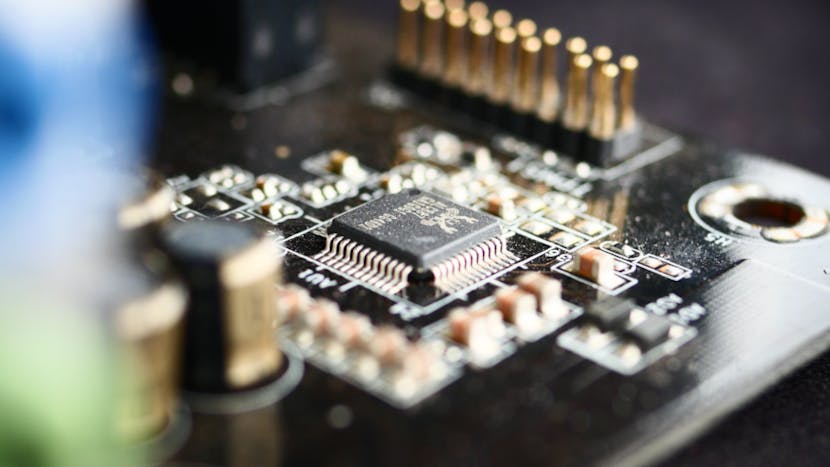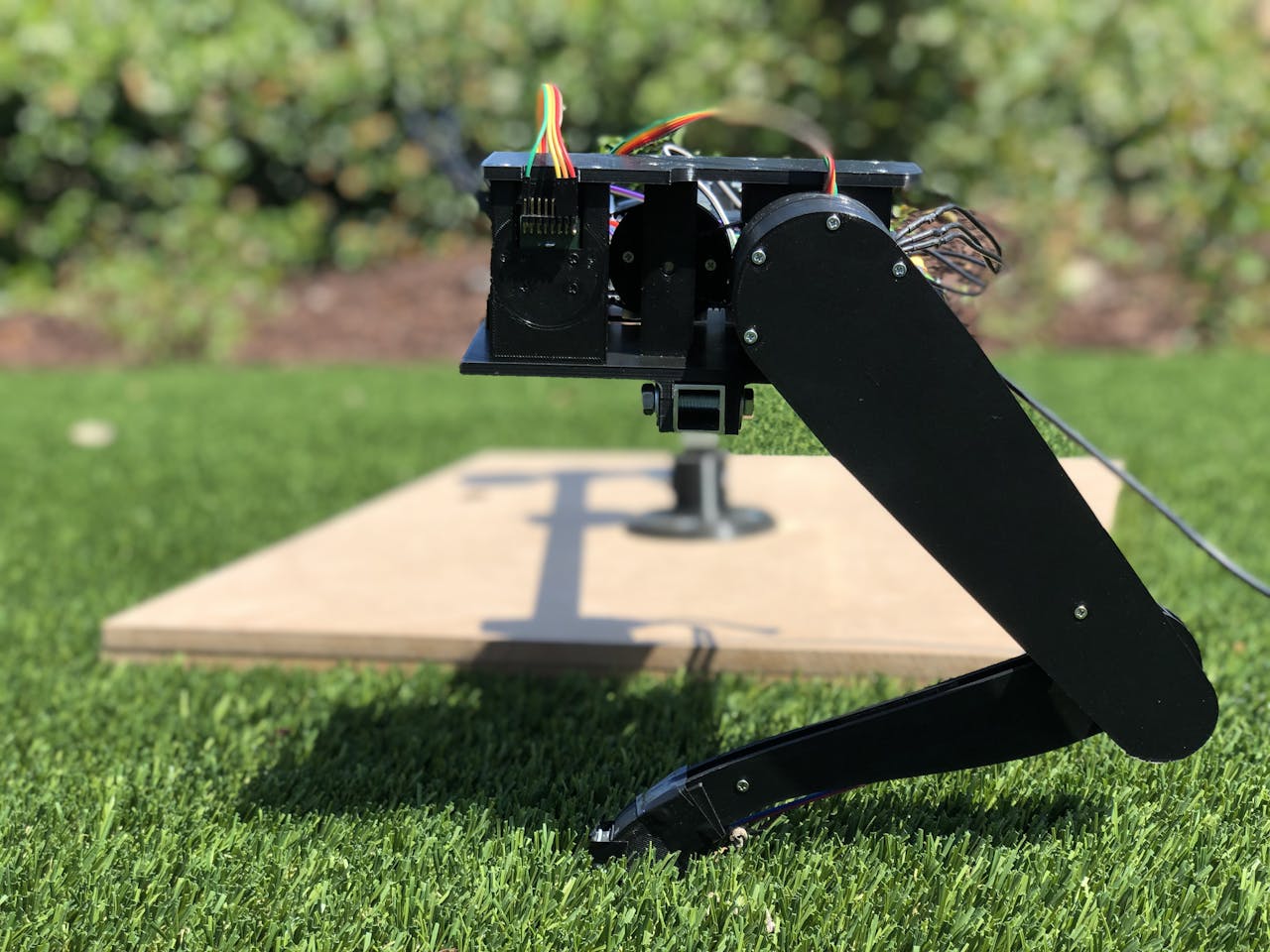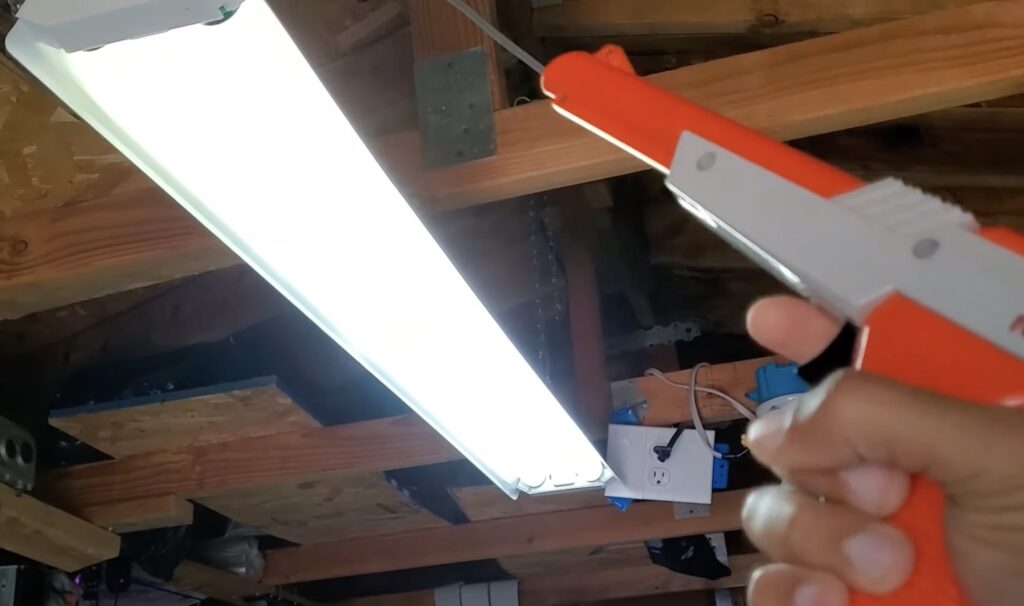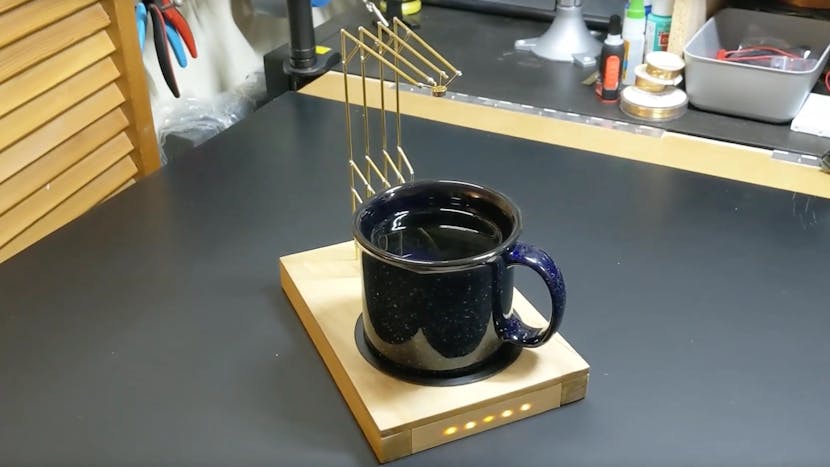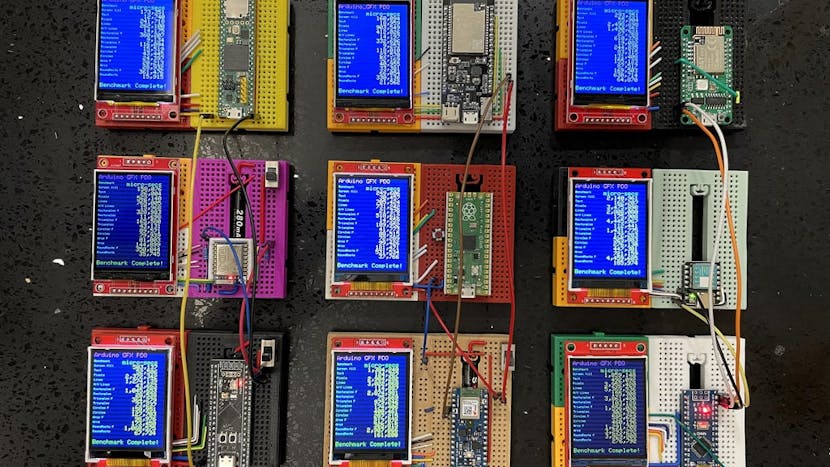Shortly after the COVID-19 pandemic began, Samuel Alexander and his housemates purchased a ping pong set and began to play — a lot. Becoming quite good at the game, Alexander realized that his style was not consistent with how more professional table tennis players hit the ball, as he simply taught himself without a coach. Because of this, he was inspired to create a smart paddle that uses an integrated IMU to intelligently classify which moves he makes and correct his form to improve it over time.


